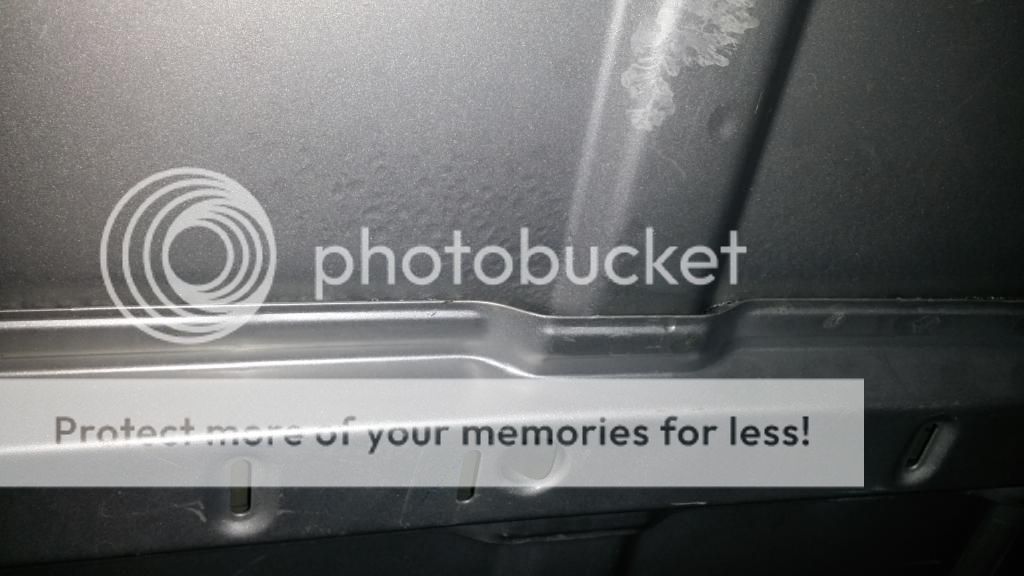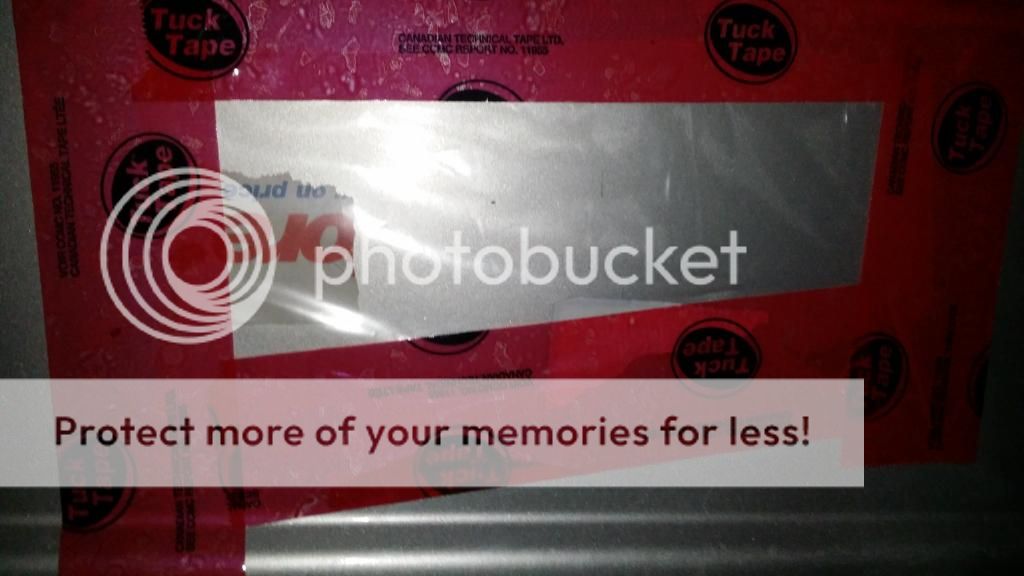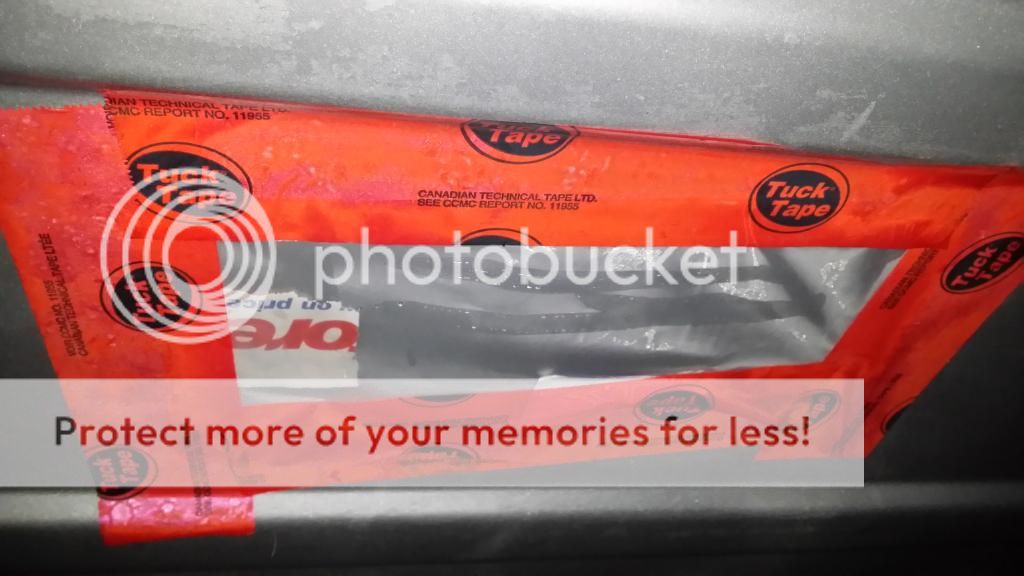gypsychic said:
My questions about this are:
1)I have seen several places (do not know where now) that said there is no way to completely seal a van from moisture. some methods work better than others but there will always be moisture/air that reaches through insulation/vapor barrier. This seems pretty reasonable assumption to me, at least from not yet doing a van build.
2)If placing polyiso directly against metal doesn't that negate radiant barrier by leaving no air space?
Can't remember if 1AI is going to put a radiant barrier in. I was planning on it because although it doesn't get very hot for very long in PNW if I ever want to travel out of the area the radiant barrier would be helpful. Also it would be helpful during that 1 month of 80-95 days and all that insulation to battle the cold holding the warmth in for longer than an uninsulated van would.
1AI-not sure about the tape you are looking at but I have been looking at tape and realizing that there are temperature ratings on the glue. I'd look at temp rating of this particular tape to see if it will hold up in cold-hot temp ranges you expect. Remember that inside the van may get to hotter than ambient temps if you forget to block windows one day or are parked in the sun. I've purchased electrical tape that can be used in the hot environment of the engine. I've also purchased high temperature duct tape in addition to foil tape. I'd rather pay a little more and not have to redo something than obtain/buy cheap (or not the right application) materials and have to redo. My time, effort and frustration are worth something too.
Thanks,
GypsyChic
I don't plan on putting reflectex in or any other thermal barrier as it does not get hot enough for long enough up in Vancouver to bother me. I have a career and family where I live so I will not be travelling outside my area.
I will spend the money on the foil/metal tape if it indeed does reduce the condensation / moisture more than the Tuct tape. I don't quite understand how the metal tape would be better though. If one could please illuminate me on that matter it would be appreciated.
flying kurbmaster said:
I am curious 1AO what do you heat your van with when you are working on it and what work have you last done on it to get that kind of moisture inside. do you have wood stored inside your van is there some other source of moisture stored inside. I have owned vans in the pnw and don't remember droplets forming unless I was boiling water or using a propane stove. if this were normal every single vehicle would have this issue and all cars and trucks would rust from the roof down and have mold issues, there has to be a source of moist air somewhere. I would think??:huh:
that red tuck tape is used on vapour barriers, as a vapour barrier on windows, on foam insulation between house and siding, not sure if it will stick to this plastic sheeting you have as sometimes that stuff has a layer or film of sorts, where did you get the idea of using plastic sheeting from and for what purpose?? isn't that stuff expensive?? what do you hope to accomplish with the two layers, what is the thinking/benefits behind this? just curious
Currently there is no heater or any kind of source of heat in the van whatsover. Its just an empty van with no human activity other than being in it a few hours a week. I do agree that it seems strange that there is so much condensation forming on the roof. Its almost always above 80% humidity here... usually 85 or so. Maybe, as Bob was indicating, the air is just so moist that when it hits the colder metal roof it condensates. So the question is if that happens to a metal roof in a van why does it not happen in a regular car? I think its because the roof of a car is covered in a "felt" material, not cold metal. The question is what about between the felt material and the metal roof? I think its because the moist air does not reach the cold metal therefore condensation does not occur. Pretty much what Bob stated.
To answer your questions...
The purpose of the roll of plastic sheeting is to prevent moisture from reaching the metal of the van's roof and walls. It was $30cdn for a 60ft roll and much cheaper than reflectix
My thinking is to cover every square inch with plastic sheeting to block the moisture from reaching the cold metal of the van.
The second layer of plastic sheeting would aim to prevent the moisture from reaching inside the walls' insulation... like a sandwich. Metal wall >plastic>2 inches of foamboard> plastic> wood panelling.
My main concern/question is if condensation will form between the first layer of plastic and the van's metal shell.
In fact what I am going to do is a little experiment with a piece of metal wrapped in the same plastic, and make sure its all sealed up and then leave it in the van taped to the roof and see if condensation forms inside... between the metal and inner side of the plastic.













































































